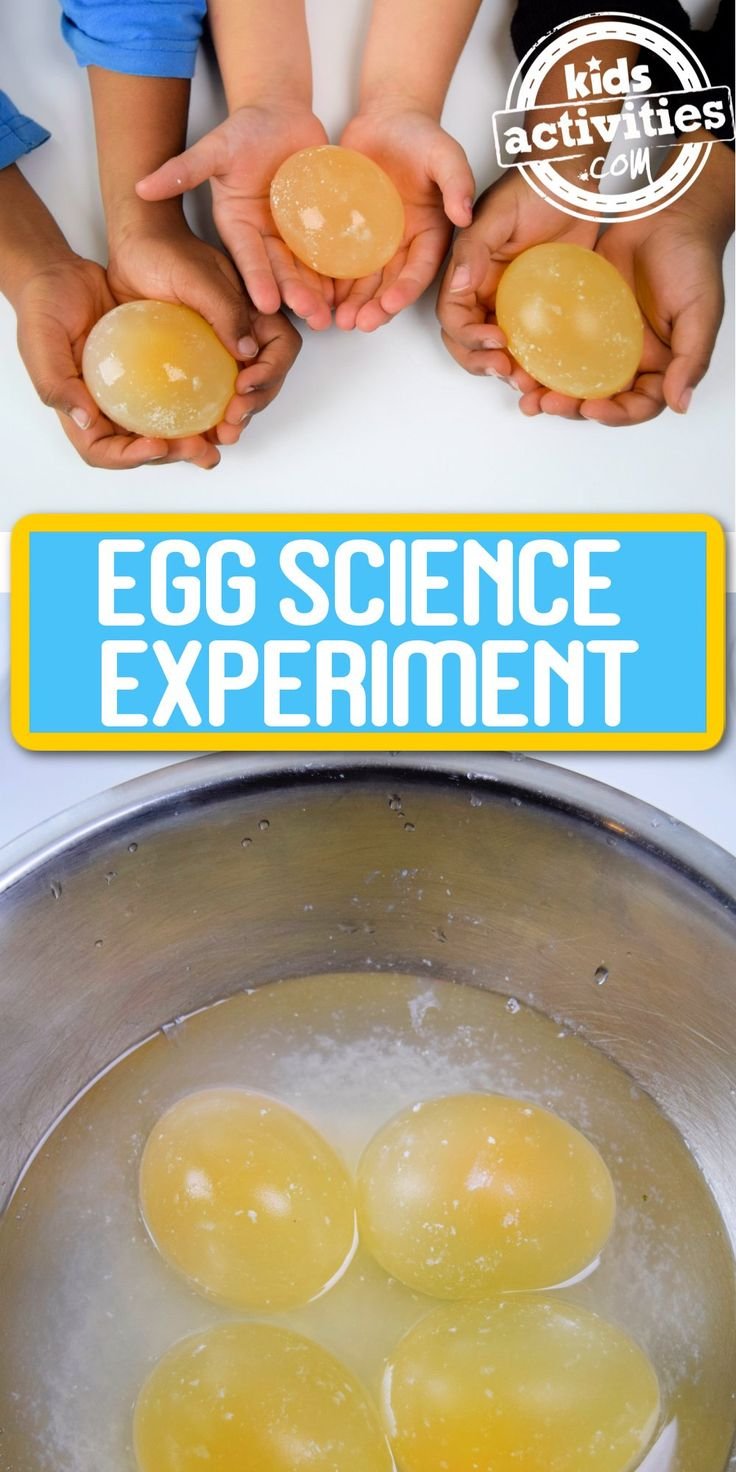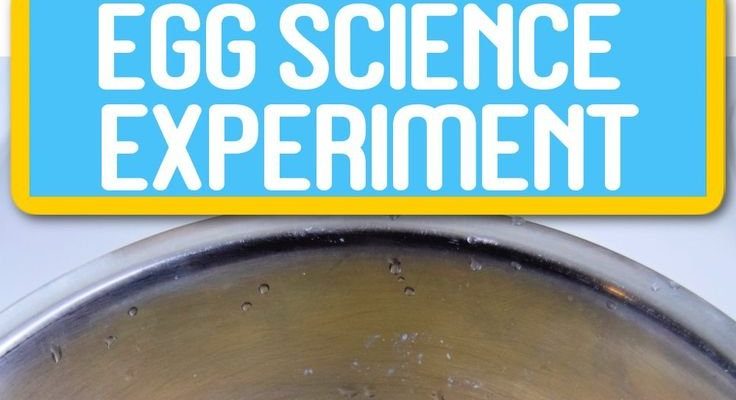
Imagine sitting in class, peering into a petri dish, and watching these creatures swim around. It’s like being an explorer in your own backyard, discovering the secrets of life just beneath the surface. Teaching students about these fascinating organisms helps them understand broader concepts in biology, ecology, and the scientific method. Let’s dig deeper into why using vinegar eels in school science demonstrations is both enlightening and entertaining.
What Are Vinegar Eels?
Vinegar eels, scientifically known as *Turbatrix aceti*, are actually a type of nematode—a fancy word for roundworm. They thrive in acidic environments, which is why they can be commonly found in vinegar. You might be wondering why they matter in a science classroom. Well, they’re not just cute little wigglers; they’re a great educational tool!
These eels are so small that you can barely see them without a microscope. But once you do, it’s like looking into a whole new world! Imagine trying to identify them with a magnifying glass, witnessing their unique movement patterns. They’re easy to culture and maintain, making them perfect for classroom experiments.
Why Use Vinegar Eels in Science Lessons?
Using vinegar eels in a school setting serves several educational purposes. First off, they help students learn about basic life processes. By observing the eels, students can discuss reproduction, growth, and ecosystems. You could ask questions like, “How do vinegar eels reproduce?” or “What do they eat?” This promotes critical thinking alongside hands-on learning.
Moreover, they serve as a great example of *food chains*. Vinegar eels are often consumed by larger organisms. Highlighting this fact can lead to discussions about biodiversity and the importance of each species in an ecosystem. It’s a chance to explore how all life is interconnected, much like a giant web.
How to Set Up a Vinegar Eel Experiment
Setting up a vinegar eel experiment is straightforward and can be done in just a few steps. First, you’ll need a jar of unfiltered apple cider vinegar. The unfiltered kind contains the right microorganisms to keep the vinegar eels thriving. Here’s how you can do it:
- Gather Supplies: You’ll need a clean glass jar, a dropper, and a microscope.
- Introduce the Eels: Use a dropper to transfer a small amount of vinegar eels into the jar of vinegar.
- Observation Time: Allow students to observe them under a microscope, taking notes on their behavior and movement.
On the first day, students will be amazed to see how quickly the eels start to swim around. It’s a beautiful sight that can lead to endless questions about their biology, behavior, and habitat.
Classroom Experiments with Vinegar Eels
Once you have your vinegar eels ready, you can conduct a variety of fun experiments. One simple yet effective one is to measure how they react to changes in their environment. For example, you could change the acidity level by adding a small amount of baking soda to one jar.
This experiment can lead to interesting questions like:
– “How do the eels react to a less acidic environment?”
– “Do they swim faster or slower?”
By manipulating their habitat, students will learn about adaptability and the effects of environmental changes on living organisms.
Challenges and Considerations
While vinegar eels are relatively easy to work with, there are a few challenges to keep in mind. One common issue is temperature. Too cold or too hot, and the eels might not thrive. Aim for a stable room temperature to keep them happy.
Another consideration is cleanliness. It’s crucial to keep your jars and equipment sterile to prevent contamination. Talk to students about why this is essential in aquaculture and how even small changes can affect living organisms.
Comparison to Other Classroom Organisms
You might be weighing your options for classroom demonstrations, so let’s compare vinegar eels to other common organisms. For instance, you could also consider daphnia (water fleas) or brine shrimp.
– Vinegar Eels: Simple to culture, long-lasting in vinegar, and excellent for discussing nematodes and ecosystems.
– Daphnia: Fun to observe under a microscope, but can be harder to keep alive for long periods.
– Brine Shrimp: Require saltwater and can be a bit tricky for beginners, making vinegar eels the more accessible option.
Ultimately, vinegar eels offer a unique combination of simplicity and educational potential, making them an unbeatable choice for classroom experiments.
Wrapping Up with Vinegar Eels
Using vinegar eels in school science demonstrations opens up a world of discovery for students. They not only provide a live example of biology in action but also encourage curiosity and critical thinking. Watching these tiny creatures swim in vinegar can spark a love for science that lasts a lifetime.
So, whether you’re introducing them to basic life processes or diving into complex ecological concepts, vinegar eels are a fantastic tool for fostering learning. They remind us that there’s a whole universe to explore, even in a jar of vinegar.

